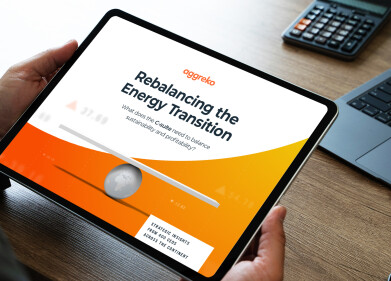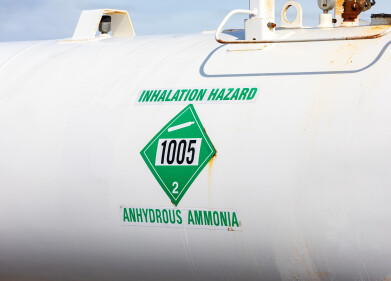Fuel for thought
Who Owns the Oil in the Arctic?
Feb 27 2015
Located at the North Pole, the Arctic is a region covered by permafrost, surrounded by the Arctic Ocean. To discover who owns the oil in the Arctic, you have to first understand who owns the Arctic.
Who owns the Arctic?
The Arctic is made up of land, territorial waters and international waters. The land and territorial waters in the Arctic belong to one of five countries. These are Canada, the United States, Russia, Norway and Denmark. These five countries are limited to an exclusive economic zone (EEZ) of 200 nautical miles from their coasts. Outside this zone, the waters are considered to be international and are not owned by any country. This agreement is due to the ‘Freedom of the Seas’ doctrine, laid down in the 17th century.
Concerns over greater control
During the mid-1990’s, concerns grew over rapidly depleting fish stocks in the area. Then oil companies invested money in new technology. Suddenly it was possible to drill into the seabed for oil. Now, as the prospect of mining the seafloor was a possibility, the Arctic became a valuable source for additional commodities, such as diamonds and other minerals.
The US was the first nation leave the freedom of the seas doctrine. It announced in 1945 that it was taking jurisdiction of all natural resources out to the edge of its continental shelf. After this declaration other nations quickly followed suit and rushed to get their claims on resources, their land, and fishing rights.
UN Law of the Sea
In 1982, in an effort to bring order and control to the area, the United Nations presented a treaty known as the ‘UN Law of the Sea’ (UNCLOS). The treaty set to address disputes and rights concerning exclusive economic zones, navigational rights, fishing limits, territorial waters limits, pollution, drilling, mining, conservation and all other aspects associated with maritime law.
Present Day
Under the present legislation of the Law of the Sea, Canada, Denmark, Norway, Russia and the United States now all have legal claims to Arctic land and Arctic oil. This includes all valuable natural resources on or underneath the seabed, within 200 nautical miles past their shorelines. So far, four countries have ratified the Law of the Sea Treaty, Canada, Russia, Norway and Denmark. As yet the US has not.
Global warming has led to significant amounts of ice melting in around the Arctic’s Northwest Passage, which has made land claims in this area more significant. Shipping routes would be easier and this could lead to the Arctic becoming a prime trading route. There are also valuable oil resources laying under the Arctic seabed, which could become accessible should global warming continue. If this is true, the race to claim ownership of Arctic waters could become international.
Drilling for oil in the Arctic, however, is not easy. You can find out more about the hurdles in this story: What Are the Challenges of Drilling for Oil in the Arctic?
Digital Edition
PIN 25.6 Buyers' Guide
January 2025
Buyers' Guide Directory - Product Listings by Category - Suppliers Listings (A-Z) Articles Analytical Instrumentation - ASTM D7042: The Quantum Leap in Viscosity Testing Technology -...
View all digital editions
Events
Jan 20 2025 San Diego, CA, USA
Jan 22 2025 Tokyo, Japan
Jan 25 2025 San Diego, CA, USA
SPE Hydraulic Fracturing Technology Conference and Exhibition
Feb 04 2025 The Woodlands, TX, USA
Feb 05 2025 Guangzhou, China



















